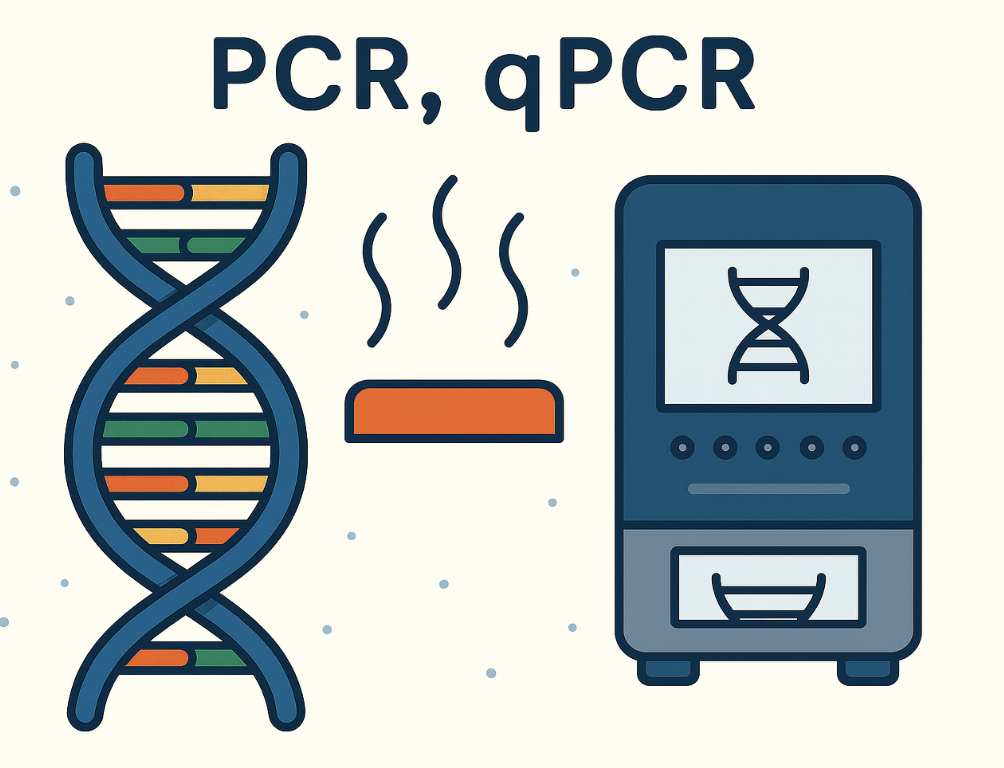Overview of Research
Introduction
“A unique data source to advance established research questions with greater depth and accuracy.”
1- A Unique Source of Data ……
Temporal resolution: Data can be collected across multiple timescales — within a day, across weeks, months, years, and over the entire lifespan of the dog.
High-frequency sampling: Daily fresh samples enable precise laboratory analyses, including cultivation, microscopy, DNA, protein, and RNA profiling.
Repeated measures: Because dogs are walked daily or weekly, repeated sampling is feasible, allowing correction, refinement, and improvement of analyses.
Rich metadata: Owners can provide highly accurate contextual information, including age, diet, social interactions, environment, and behavior.
2- To advanced Major Questions
How long can gut-dwelling organism live in the intestine?
How does the diet impact the gut microbiome?
Dogs on walks have very different diets — some eat mixed diets, while others eat only raw meat, fish, or beef. How does a dog’s diet, or changes in diet over time, affect the microbes living in their gut?
How does the environment impact the gut microbiome?
A few examples:
Are dogs that spend time in areas with lots of horses (like Southlands) more likely to pick up bacteria linked to horses?
Are dogs that live or play near the beach (like Spanish Banks Off-Leash Area or Hadden Beach) more likely to pick up bacteria from the sea?
Are dogs that live or play near fresh water (like Fraser River) more likely to pick up bacteria from fresh water
Are some gut organism associated with the dog health?
A few examples:
What is the effect of spaying or neutering on the gut microbiome of dogs?
Do dogs with allergies (like chicken allergies) have a different community of microbes in their gut?
How do antibiotics and other medications, including anti-parasitic drugs, affect the microbes living in the gut?
Does the abundance of gut microbe change over time ?
How gut microbe interact with each other?







